
FASHION There is nothing that Los Angeles-based designer Peter Cohen wants more than knowing his clients shine, feeling fabulous and confident wearing his work
First published in the September 2022 issue of Lucire KSA
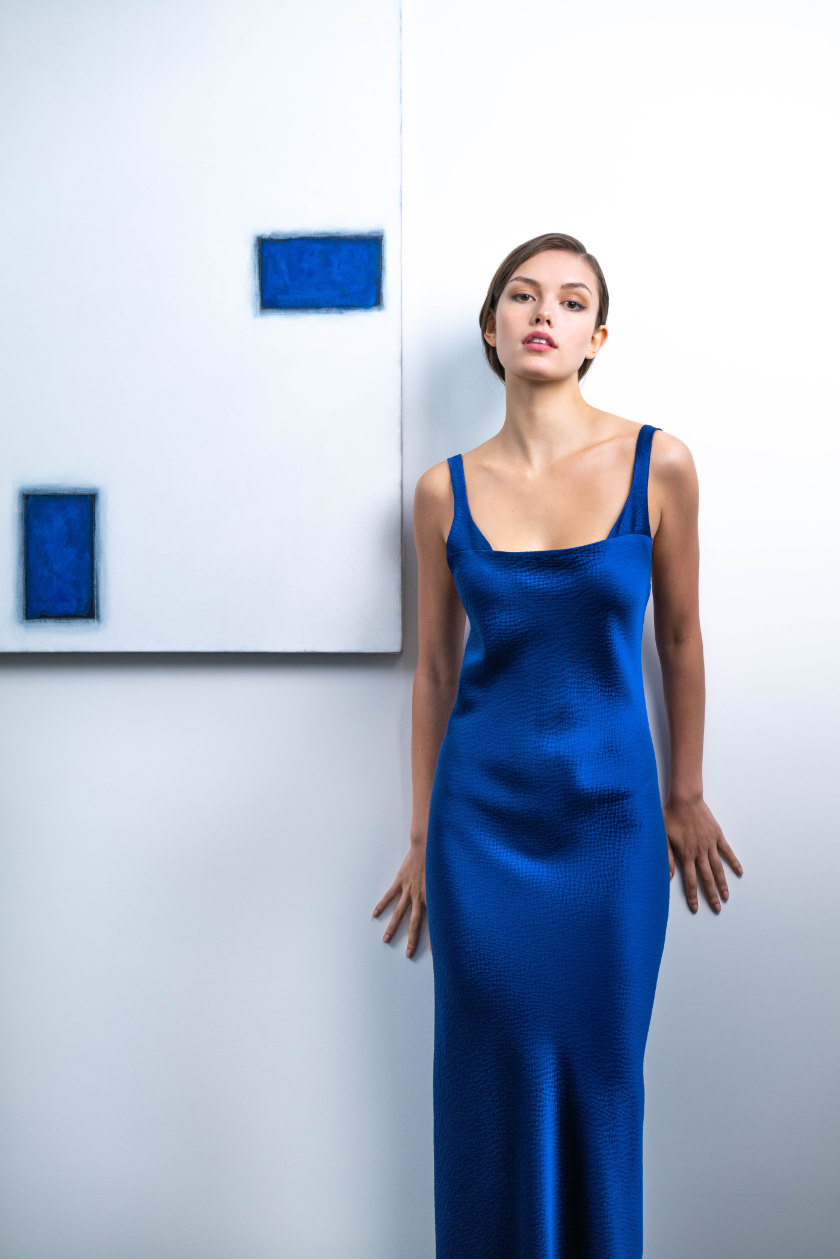
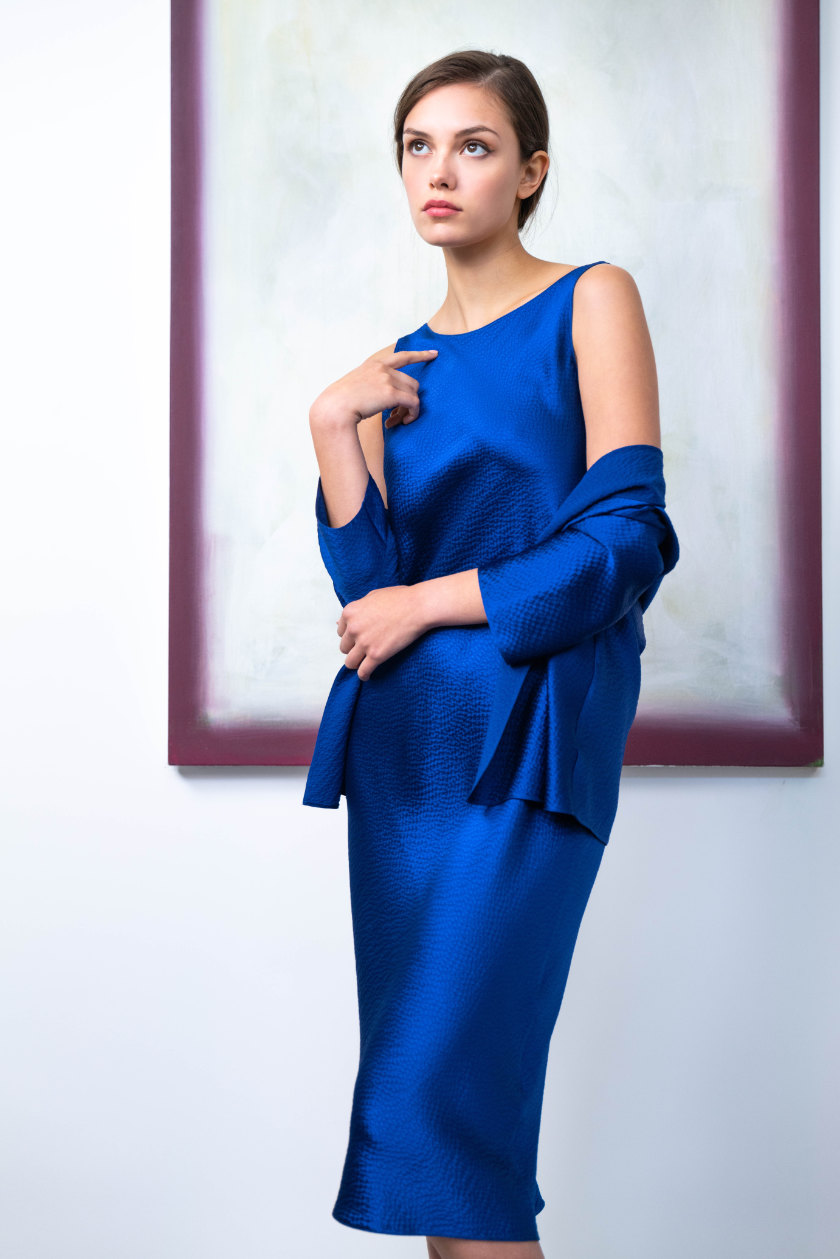
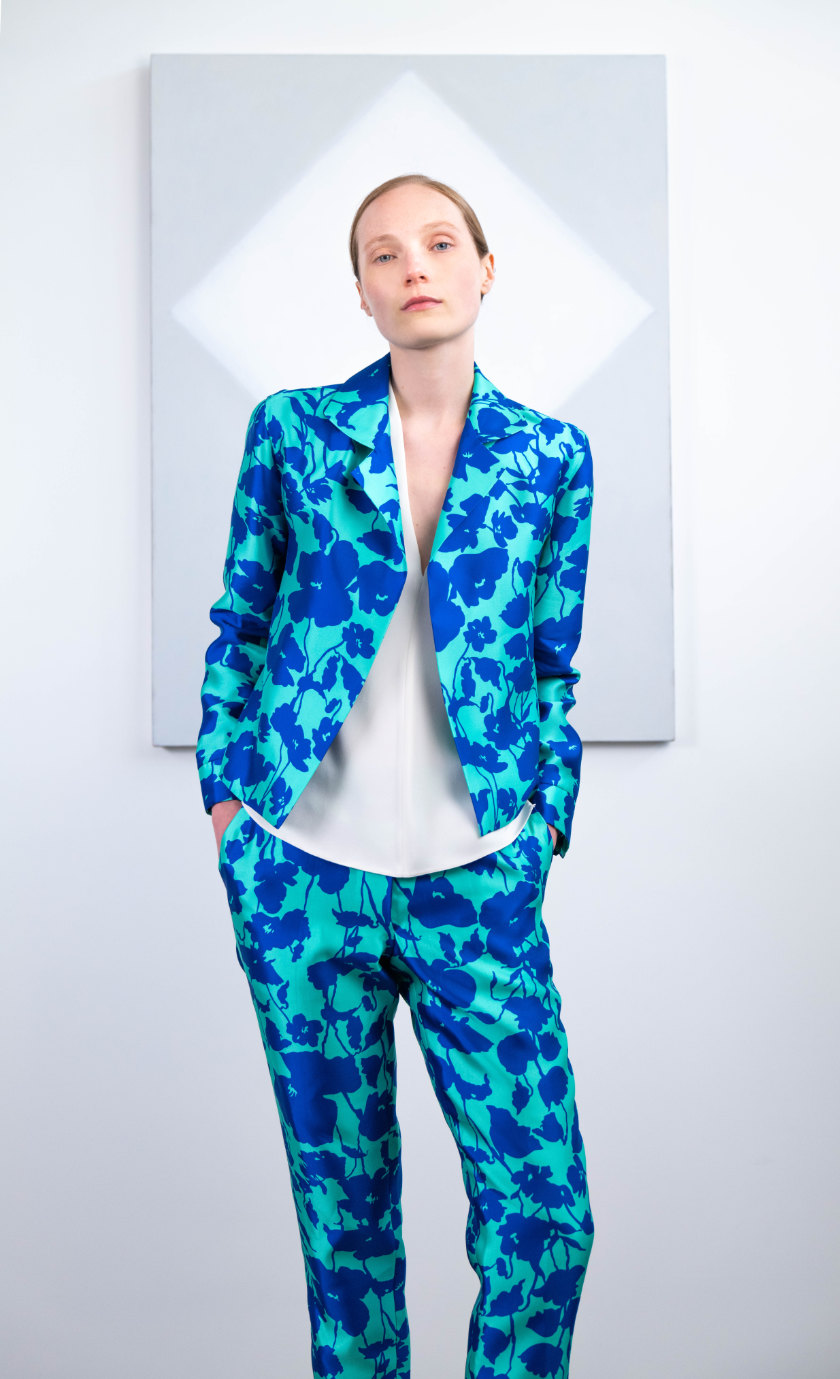
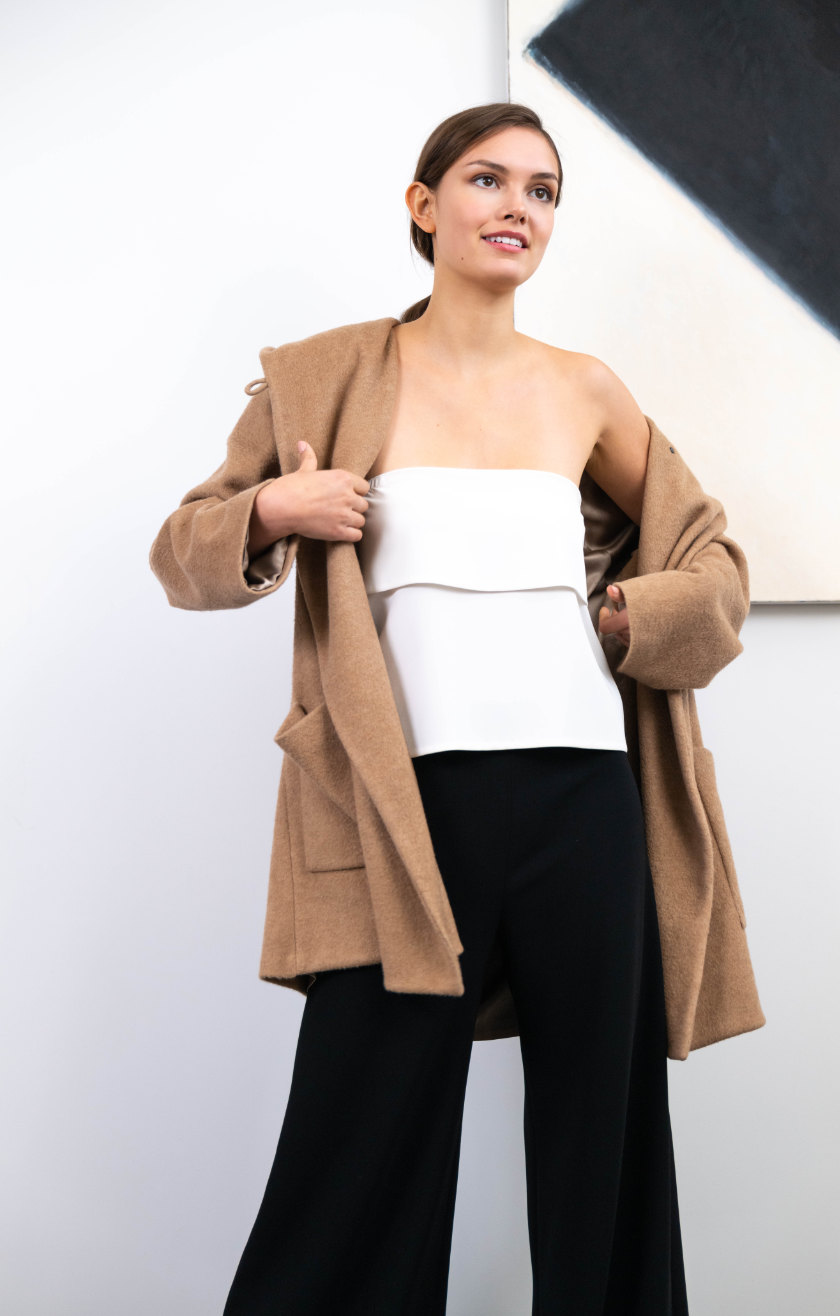
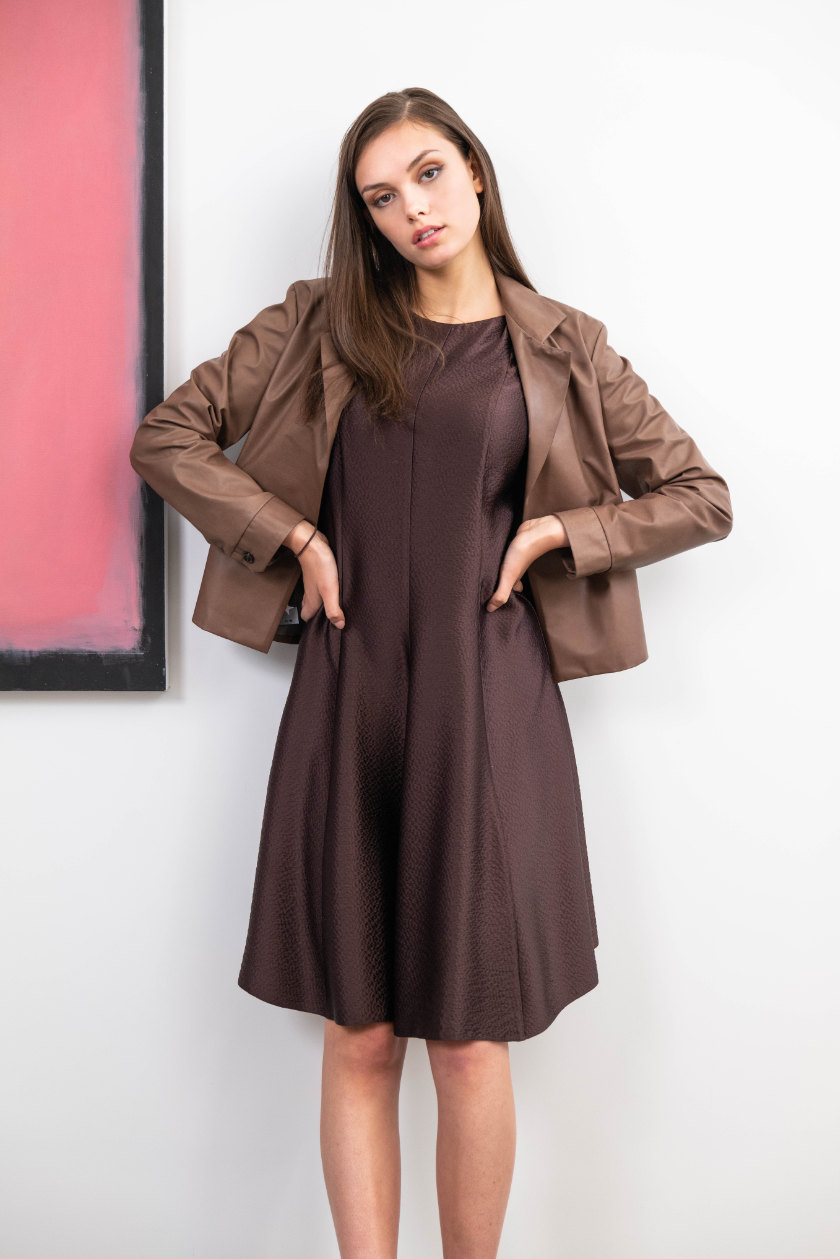
Designs from Peter Cohen as photographed earlier in 2022
Peter Cohen has been dressing the stars from his Los Angeles atelier since 1983, after arriving in the country from his native Rhodesia, now Zimbabwe, in 1979. ‘The list is so long,’ the designer recalls. ‘Barbra Streisand, I did a lot of clothes for Oprah and the cover of her magazine, Kim Cattrall, Angela Bassett, Anne Heche, and—I love performers—Lily Tomlin. I’ve made a bunch of clothes for her.’ One could add Sharon Stone, Faye Dunaway, Ann Magnuson, and Melinda Gates to that list.
Cohen stresses that each of these celebrities chose his clothes and paid for them—this isn’t a case of a designer trying to get known by giving things away. ‘All of that happened organically without me really being involved in it,’ he says.
Perhaps it’s little surprise given Cohen’s classic style. He is known for minimalism, distinguishing his work through cuts, fabric and quality. In his own words, he says he’s known for ‘draped, wrap dresses. Draping of fabric that’s cut on the bias, sometimes different degrees of bias to go over the body. These are the issues I work on, and challenge me to get fabric, to go around the body in the most comfortable, and flattering way.’ In fact, Cohen prefers to think of his work as clothing design, not fashion design.
‘I think of what I do as designing garments. My goals are to design garments that will endure that will not be subject of the whims of fashion. And when I’m good at what I do, I make something that endures and survives the ravages of time and is reliable, is dependable, is something that you can turn to from a long period of time in your life as opposed to something that just satisfies a particular whim. Those are the clothes I am attracted to. And those are the clothes I like to make.’
Born in 1960, Cohen has early memories of bedsheets, and how warm they felt. He says that he always wanted to be an independent designer, and headed to New York first, working for designer Peter Kea. But he believed Los Angeles was where he could be free to find his own voice. ‘I’m very grateful for LA for having made that sort of allowance, because other cities don’t, and there is an ease about LA,’ he recalls. California, he adds, is where there is natural light where the fibres of a garment appear that much more clearly, driving his fascination.
Nevertheless, those formative years in Rhodesia taught him some valuable lessons. ‘I learned from being from Zimbabwe, what adornment was, as opposed to embellishment. And the way you can adorn your body with a piece of fabric and how it can become integral to you, as opposed to what I think of as embellishment, which is decorative external stuff.
‘I think that’s what I learned from being from Zimbabwe, because there’s a natural way that people have with clothes, with jewellery, that definitely was a big influence on me. And it’s one I’m very partial to. The distinction between embellishment and adornment is kind of clear to me. It’s a natural place, it’s a place of natural beauty. You don’t need a lot to look good. My clothes are most effective when they are just the simplest thing, but the person looks great. And the actual garment fades into the background.’
Cohen says he dresses a lot of women for weddings and speeches. ‘I get them ready to go and be their best selves, because they’re usually extraordinary women to begin with.’ He says his biggest compliment came from a customer who favours famous labels. ‘She said to me once, “I’ve noticed, when I go to events, when I wear everyone else’s clothes, they notice the clothes. But when I wear your clothes, they notice me.” … They don’t want attention on their clothes or on shoes. They want it on them.’
He adds, ‘I think of myself as getting out of the way. I have a very hungry eye. The appeal of my clothes is that they become part of the wearer. I mean, they really take on some characters. They become part of the individual. They’re not stamped with a brand, a label or this or that.’ Indeed, Cohen’s clothes are marked with a simple star, and on his logo, his name appears in small type.
Key to his clothes becoming one with the wearer are quality and ensuring everything is done right. To do this, Cohen keeps the tasks in-house in Los Angeles, in a company he describes as a ‘family’. Design, cutting, pattern work, even applying buttons and shipping, are all done by him and his team. ‘It’s a huge advantage to be able to watch the process, be involved in the process. I’m a very hands-on designer. I like to be involved in every aspect of the process. I enjoy it. And I’m very fortunate that we’ve set up an atelier here that allows us to do the level of quality of work we do. And to watch it evolve because it’s through the repetition of making things that we learn our craft as well. And taking that out of the equation would be a huge void for me. To just send a sketch somewhere and have it made. I like to be involved from the thread to the button, to how it’s shipped.’
He stresses that while his team work closely together, each member with a specific task, it is the opposite of a factory: everything is hand-made, resulting in a very high quality. All the manufacturing is done ethically.
Additionally, Cohen only buys the best fabrications, unsurprisingly, given those early pleasant memories of bedsheets. ‘I research fabric, I am a buyer of luxury fabrics. Fabric is the thing that hooks me.’ He sources from Italy, France and Switzerland, among other places, and has been known to call this stage of the process one of his ‘pleasures’. He says if he gets stuck during the design process, going back to the fabric motivates him again.
‘It’s the starting point for me with all my designs. I don’t look for fabric to make a predesigned idea. I do it the other way around. I look for fabrics and then I sort of work out ways to uncover the characters and the qualities of a certain fabric and how it best works. I work with the same fabric over and over because it takes time to really grasp what a fabric can do.’ He uses a lot of silk and favours heavyweight ones—he is known for using four-ply—and is also drawn to Loro Piana cashmeres and crêpes. Colour-wise, he tends to use neutral, earthy and flattering tones. Outside of the sandy colours, Cohen does look at other natural shades, referencing metal, fruit, and soil, and citing golds and taupes in his palette.
Aside from the classical, timeless style, Cohen says he likes to think of his work as having longevity and endurance. ‘My goal is to make something that lasts … what I achieve is I make something timeless. I have a classical sense of æsthetics. And I like to build time into a garment, because I like dependable, reliable things. What I do is make something that endures that flatters, that morphs into the different tides that go on. The touch and feel of a garment is often as important, and sometimes more than the look of it. Clothing is a sensual act. It’s the second layer on your body, so how clothes feel is very important. There’s a sensuality to what I do. My clothes, there’s as much of a trigger. Clothes trigger one to action, to activity, to enjoying yourself, and that trigger can come as much from how it feels, than how it looks, because clothes are tools and you have to use them. You need them to get you ready to live your life. They’re not just for standing in front of the mirror.’ •
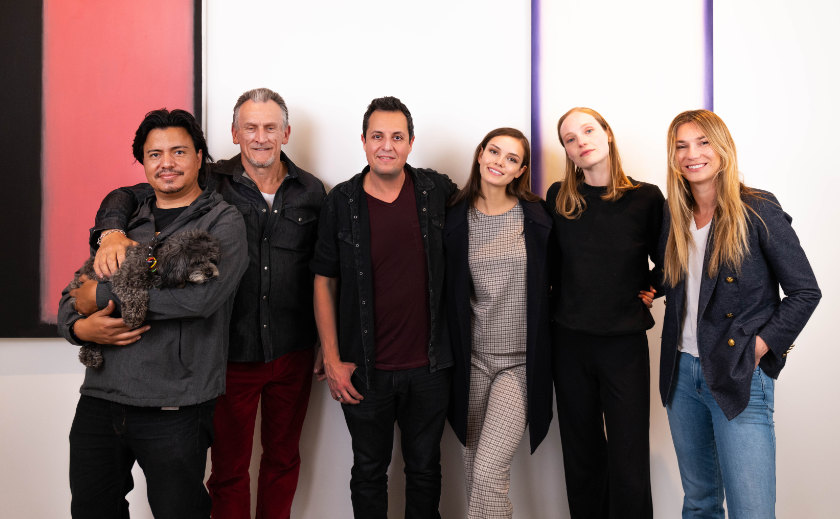
Above: Peter Cohen, second from left, and his crew from the May 2022 shoot.
Below: Designs from his pre-fall 2022 and spring 2022 collections.
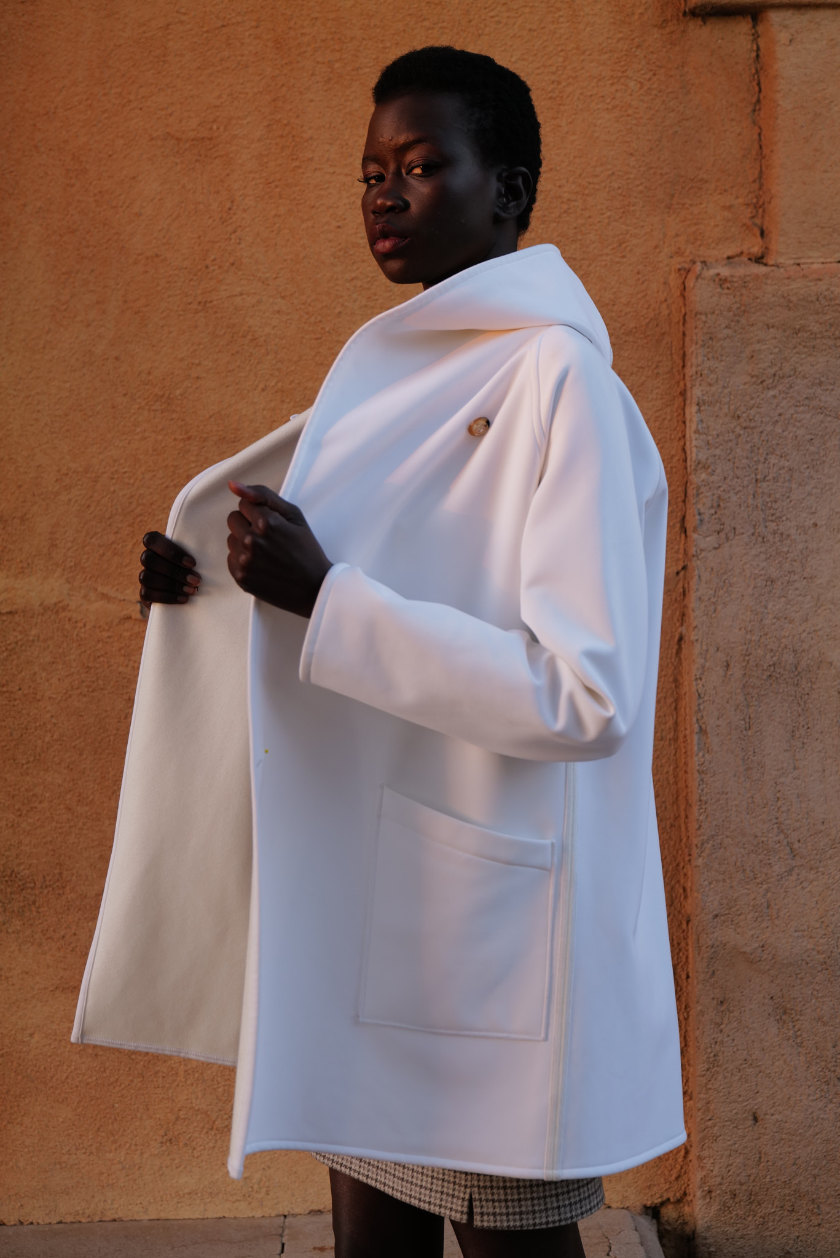
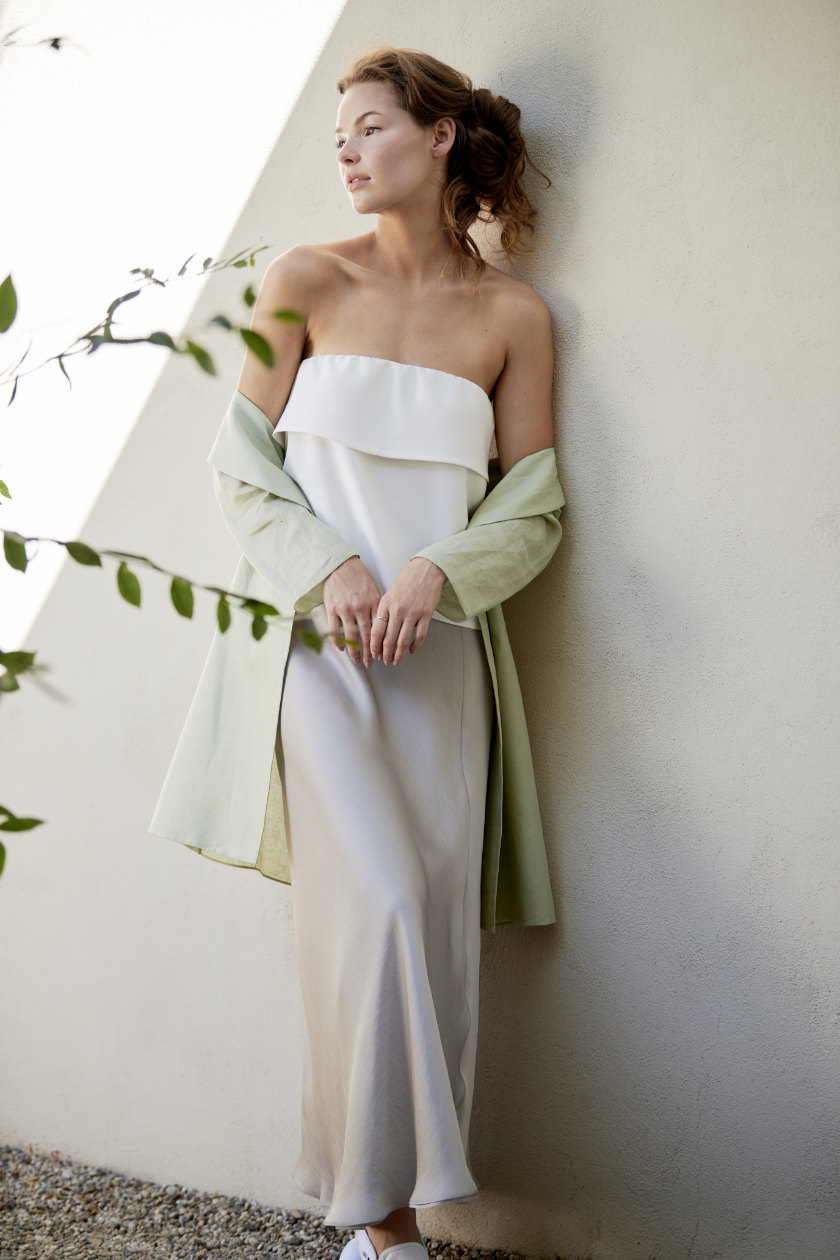
Related articles hand-picked by our editors
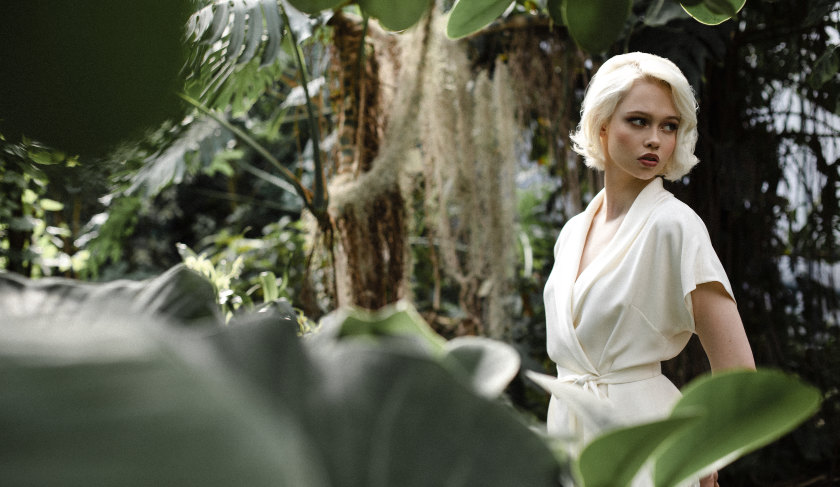
Thoughtful and timeless
Réfléchi et intemporel
Slow fashion, elegance, and exceptional quality come together in Estonia with Marimo, the label founded by designer Mariliis Pikkar. Jack Yan interviews her
Slow fashion, élégance et qualité exceptionnelle sont réunis en Estonie avec Marimo, le label fondé par la créatrice Mariliis Pikkar, interviewée par Jack Yan
Photographed by/photographié par Julia Astok
From issue 45 of Lucire
Dans le 45e numéro de Lucire
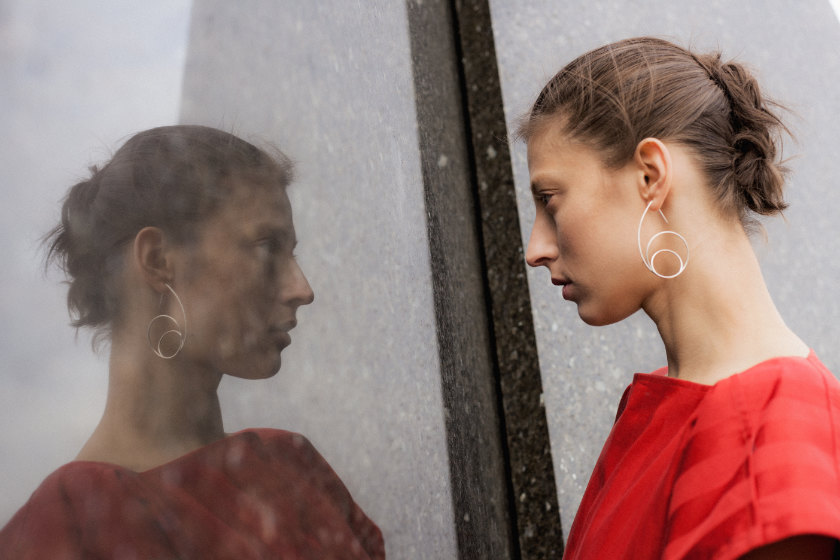
An authentic zero-waste future
Un avenir zéro déchet authentique
German designer Natascha von Hirschhausen tells Jack Yan about her ‘radically sustainable’, transparent approach to fashion design and jewellery
La créatrice allemande Natascha von Hirschhausen expose à Jack Yan son approche
Photographed by/photographié par Kerstin Jacobsen
From issue 44 of Lucire and the April 2022 issue of Lucire KSA
Dans le 44e numéro de Lucire et le numéro de l’avril 2022 de Lucire KSA
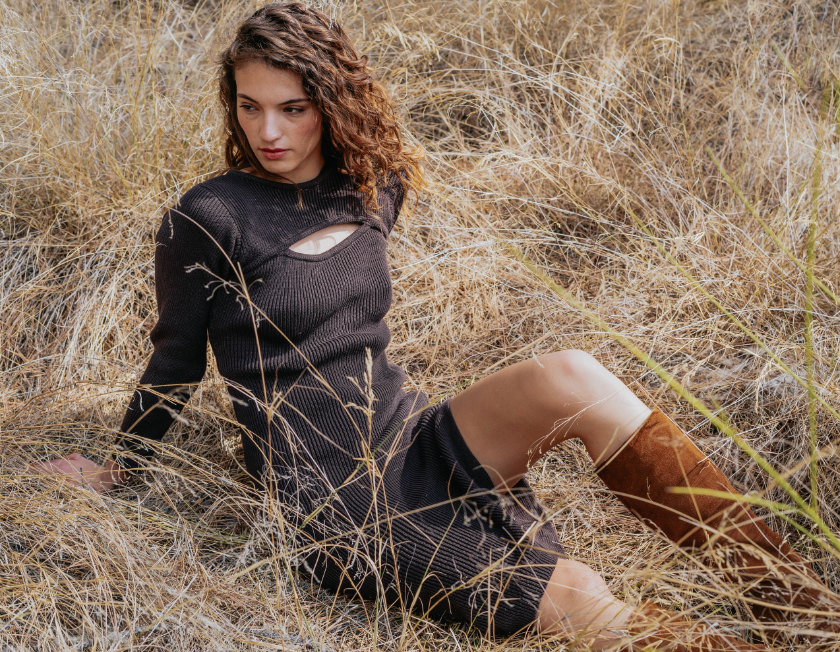
All the love in the world
Lauren DeCarli of Paneros Clothing has ensured that her brand stands up to scrutiny when it comes to its claims of sustainability. Jack Yan looks at the Los Angeles-based eco-fashion label
First published in Lucire issue 44 and in the November 2021 issue of Lucire KSA